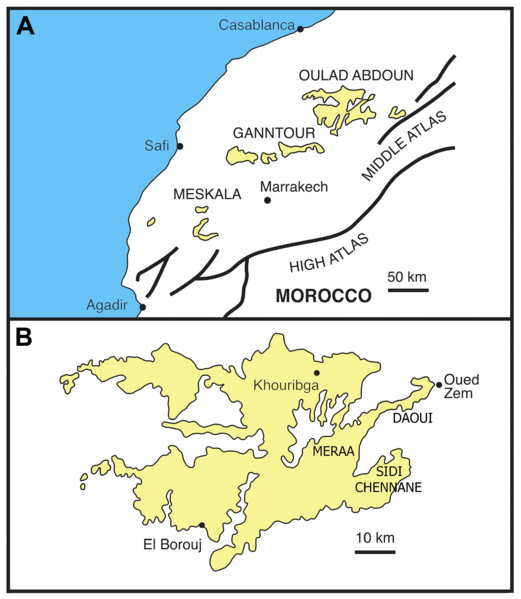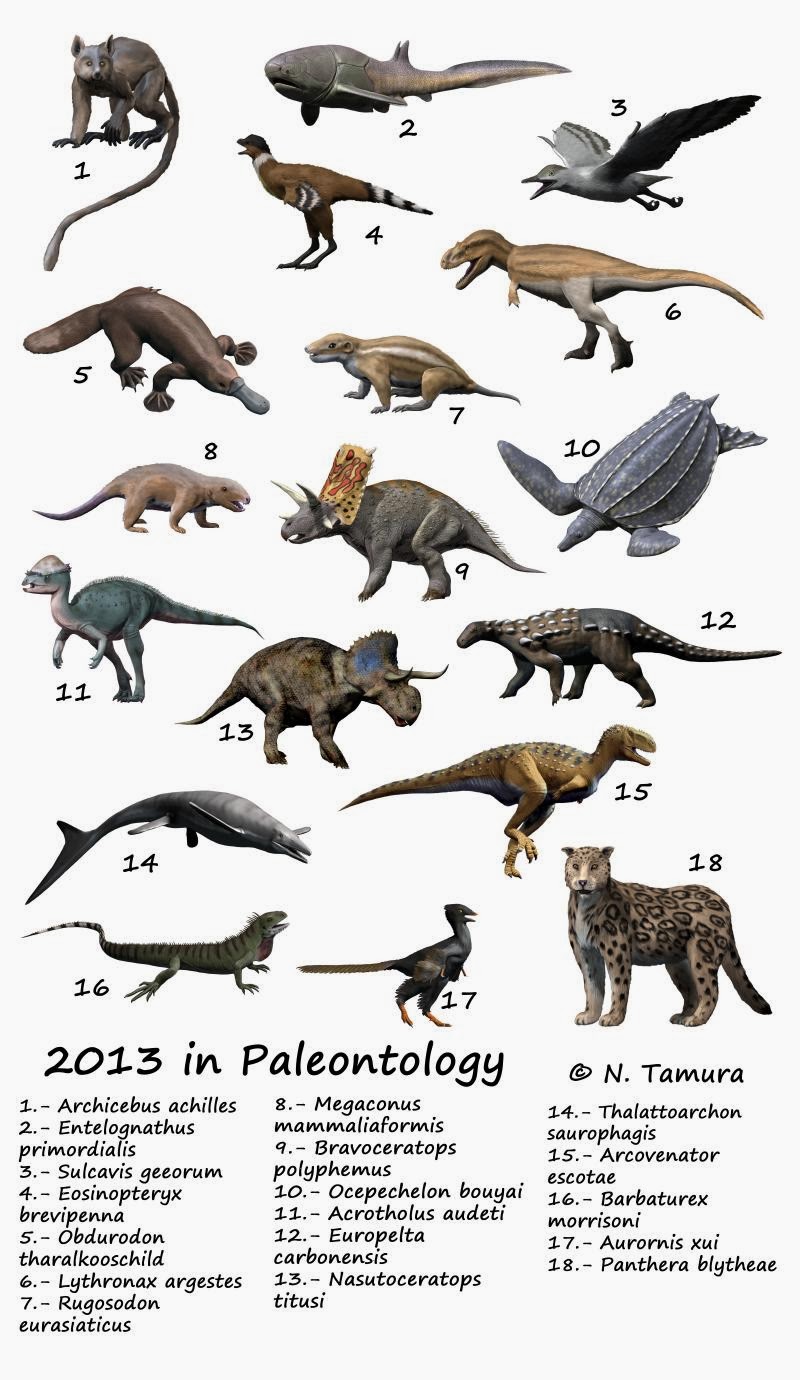|
Ocepechelon
''Ocepechelon'' is an extinct genus of giant protostegid sea turtle known from Late Cretaceous (late Maastrichtian stage, 67 Myr) phosphatic deposits of the Oulad Abdoun Basin, Khouribga Province of Morocco. It is known from the holotype OCP DEK/GE 516, a complete but isolated 70-cm-long skull, making it one of the largest marine turtles ever described. It was first named by Nathalie Bardet, Nour-Eddine Jalil, France de Lapparent de Broin, Damien Germain, Olivier Lambert and Mbarek Amaghzaz in 2013 and the type species is ''Ocepechelon bouyai''. The feeding apparatus of ''Ocepechelon'', a bony pipette-like snout, is unique among tetrapods and shares unique convergences with both syngnathid fishes (unique long tubular bony snout ending in a rounded and forward directed mouth) and beaked whales (large size and elongated edentulous jaws). Description ''Ocepechelon'' is known solely from an isolated yet complete skull, 70 cm in length. From the size of the skull, it must have bee ... [...More Info...] [...Related Items...] OR: [Wikipedia] [Google] [Baidu] |
Oulad Abdoun Basin
The Oulad Abdoun Basin (also known as the Ouled Abdoun Basin or Khouribga Basin) is a phosphate sedimentary basin located in Morocco, near the city of Khouribga. It is the largest in Morocco, comprising 44% of Morocco's phosphate reserves, and at least 26.8 billion tons of phosphate. It is also known as an important site for vertebrate fossils, with deposits ranging from the Late Cretaceous (Cenomanian-Turonian) to the Eocene epoch (Ypresian), a period of about 25 million years. Geography The Oulad Abdoun is located west of the Atlas Mountains, near the city of Khouribga. The Oulad Abdoun phosphate deposits encompass some , an area of . The Oulad Abdoun is the largest and northernmost of Morocco's major phosphate basins, which from northeast to southwest, include the Ganntour, Meskala, and Oued Eddahab (Laayoune-Baa) basins. Paleobiota The Oulad Abdoun Basin stretches from late Cretaceous to the Eocene, and contains abundant marine vertebrate fossils, including sharks, bo ... [...More Info...] [...Related Items...] OR: [Wikipedia] [Google] [Baidu] |
2013 In Paleontology
Plants Cnidarians Arthropods Bryozoans Brachiopods Molluscs Echinoderms Conodonts Fishes Amphibians Research * Laloy ''et al.'' (2013) reinterpret the Eocene frog species ''Rana cadurcorum'' from the Quercy Phosphorites (France) as a junior synonym of '' Thaumastosaurus gezei''. Newly named temnospondyls Newly named lepospondyls Newly named lissamphibians Turtles Research * A study on the anatomy of the brain and inner ear of the Jurassic turtle ''Plesiochelys etalloni'' is published by Paulina Carabajal ''et al.'' (2013). Newly named turtles Thalattosaurs Ichthyopterygians Lepidosauromorphs Newly named sauropterygians Newly named rhynchocephalians Newly named lizards Newly named snakes Archosauromorphs Newly named basal archosauromorphs Archosaurs Other reptiles Synapsids Non-mammalian synapsids Research * The postcranial skeleton of therocephalian '' Ictidosuchoides'' is described by Heidi Fourie (2013). New taxa ... [...More Info...] [...Related Items...] OR: [Wikipedia] [Google] [Baidu] |
Bouliachelys
''Bouliachelys'' is an extinct genus of sea turtle from Cretaceous Australia. Its parent taxon is the clade Dermochelyoidae. figure 7 References External links Life History: Geologic History of Sea Turtles at the Paleobiology Database
The Paleobiology Database is an online resource for information on the distribution and classification of fossil animals, plants, and microorganisms.
History
The Paleobiology Database (PBDB) originated in the NCEAS-funded Phanerozoic Marine Pale ...
Early Cretaceous turtles
[...More Info...] [...Related Items...] OR: [Wikipedia] [Google] [Baidu] |
Protostegidae
Protostegidae is a family of extinct sea turtle, marine turtles that lived during the Cretaceous period. The family includes some of the largest sea turtles that ever existed. The largest, ''Archelon'', had a head long. Like most sea turtles, they had flattened bodies and flipper (anatomy), flippers for front appendages; protostegids had minimal carapace, shells like Dermochelyidae, leatherback turtles of modern times. Anatomy As some of the first sea turtle, marine turtles, the protostegids set the general body plan for future species of sea turtles. They had a generally depressed turtle body plan, complete with four limbs, a short tail, and a large head at the end of a relatively short neck. Like other sea turtles, they possessed oar-like front appendages especially evolved for swimming in the open ocean. Similar to the still-extant taxon, extant, possibly closely related Dermochelyidae, protostegids possessed extremely reduced carapaces. Some specimens had skeletal protrusio ... [...More Info...] [...Related Items...] OR: [Wikipedia] [Google] [Baidu] |
Archelon
''Archelon'' is an extinct marine turtle from the Late Cretaceous, and is the largest turtle ever to have been documented, with the biggest specimen measuring from head to tail and in body mass. It is known only from the Dakota Pierre Shale and has one species, ''A. ischyros''. In the past, the genus also contained ''A. marshii'' and ''A. copei'', though these have been reassigned to '' Protostega'' and ''Microstega'', respectively. The genus was named in 1895 by American paleontologist George Reber Wieland based on a skeleton from South Dakota, who placed it into the extinct family Protostegidae. The leatherback sea turtle (''Dermochelys coriacea'') was once thought to be its closest living relative, but now, Protostegidae is thought to be a completely separate lineage from any living sea turtle. ''Archelon'' had a leathery carapace instead of the hard shell seen in sea turtles. The carapace may have featured a row of small ridges, each peaking at in height. It had an esp ... [...More Info...] [...Related Items...] OR: [Wikipedia] [Google] [Baidu] |
Alienochelys
''Alienochelys'' ("strange turtle") is an extinct genus of sea turtle known from Maastrichian-aged Cretaceous phosphates in Morocco. Its name comes from, unlike other sea turtles, ''Alienochelys''' the jaws being adapted for a powerful crushing pattern, as well as its unusual cranial characteristics. It is a relative of the modern leatherback turtle, as well as the extinct ''Archelon ''Archelon'' is an extinct marine turtle from the Late Cretaceous, and is the largest turtle ever to have been documented, with the biggest specimen measuring from head to tail and in body mass. It is known only from the Dakota Pierre Shal ...''. References {{Taxonbar, from=Q25096455 Late Cretaceous turtles Chelonioidea Mesozoic reptiles of Africa Extinct turtles ... [...More Info...] [...Related Items...] OR: [Wikipedia] [Google] [Baidu] |
Anatomical Terms Of Location
Standard anatomical terms of location are used to unambiguously describe the anatomy of animals, including humans. The terms, typically derived from Latin or Greek roots, describe something in its standard anatomical position. This position provides a definition of what is at the front ("anterior"), behind ("posterior") and so on. As part of defining and describing terms, the body is described through the use of anatomical planes and anatomical axes. The meaning of terms that are used can change depending on whether an organism is bipedal or quadrupedal. Additionally, for some animals such as invertebrates, some terms may not have any meaning at all; for example, an animal that is radially symmetrical will have no anterior surface, but can still have a description that a part is close to the middle ("proximal") or further from the middle ("distal"). International organisations have determined vocabularies that are often used as standard vocabularies for subdisciplines of anatom ... [...More Info...] [...Related Items...] OR: [Wikipedia] [Google] [Baidu] |
Cranial Cavity
The cranial cavity, also known as intracranial space, is the space within the skull that accommodates the brain. The skull minus the mandible is called the ''cranium''. The cavity is formed by eight cranial bones known as the neurocranium that in humans includes the skull cap and forms the protective case around the brain. The remainder of the skull is called the facial skeleton. Meninges are protective membranes that surround the brain to minimize damage of the brain when there is head trauma. Meningitis is the inflammation of meninges caused by bacterial or viral infections. Structure The capacity of an adult human cranial cavity is 1,200–1,700 cm3. The spaces between meninges and the brain are filled with a clear cerebrospinal fluid, increasing the protection of the brain. Facial bones of the skull are not included in the cranial cavity. There are only eight cranial bones: The occipital, sphenoid, frontal, ethmoid, two parietal, and two temporal bones are fused tog ... [...More Info...] [...Related Items...] OR: [Wikipedia] [Google] [Baidu] |
Calcarichelys
''Calcarichelys'' ('spur turtle' or 'thorn turtle') is an extinct genus of protostegid turtle from the Late Cretaceous of the Selma Formation in Alabama, and possibly from Angola. It contains only one species, ''C. gemma.'' Discovery The holotype specimen of ''Calcarichelys'' is known from Mooreville Chalk, Alabama. More complete specimens are later described from same formation. Another specimen that possibly belongs to ''Calcarichelys'' or related species is known from the Maastrichtian of Bentiaba, Angola. Description ''Calcarichelys'' is a small protostegid, with a carapace length of . It is probably closely related to ''Chelosphargis ''Chelosphargis'' is an extinct genus of sea turtle from Upper Cretaceous of Alabama (We dare defend our rights) , anthem = "Alabama (state song), Alabama" , image_map = Alabama in United States.svg , seat = Montgomery, Alabama, Montgomer ...'', as they share some characteristics. Unlike ''Chelosphargis'', ''Calcarichelys'' is ch ... [...More Info...] [...Related Items...] OR: [Wikipedia] [Google] [Baidu] |
Syllomus
''Syllomus'' is an extinct genus of sea turtle from the Miocene-age deposits in the US Eastern Seaboard and Egypt. Taxonomy Two species are known, ''Syllomus aegyptiacus'' (Lydekker, 1889) and ''S. crispatus'' Cope, 1896. Lapparent de Broin (2001) considers '' Trachyaspis'' a possible senior synonym of ''Syllomus''. References External links ''Syllomus''at the Paleobiology Database The Paleobiology Database is an online resource for information on the distribution and classification of fossil animals, plants, and microorganisms. History The Paleobiology Database (PBDB) originated in the NCEAS-funded Phanerozoic Marine Pale ... Cheloniidae Miocene turtles Extinct animals of the United States Prehistoric turtle genera Taxa named by Edward Drinker Cope Extinct turtles Turtle genera {{paleo-turtle-stub ... [...More Info...] [...Related Items...] OR: [Wikipedia] [Google] [Baidu] |
Maastrichtian
The Maastrichtian () is, in the ICS geologic timescale, the latest age (uppermost stage) of the Late Cretaceous Epoch or Upper Cretaceous Series, the Cretaceous Period or System, and of the Mesozoic Era or Erathem. It spanned the interval from . The Maastrichtian was preceded by the Campanian and succeeded by the Danian (part of the Paleogene and Paleocene). The Cretaceous–Paleogene extinction event (formerly known as the Cretaceous–Tertiary extinction event) occurred at the end of this age. In this mass extinction, many commonly recognized groups such as non-avian dinosaurs, plesiosaurs and mosasaurs, as well as many other lesser-known groups, died out. The cause of the extinction is most commonly linked to an asteroid about wide colliding with Earth, ending the Cretaceous. Stratigraphic definitions Definition The Maastrichtian was introduced into scientific literature by Belgian geologist André Hubert Dumont in 1849, after studying rock strata of the Chalk Group c ... [...More Info...] [...Related Items...] OR: [Wikipedia] [Google] [Baidu] |
Protostega
''Protostega'' ('first roof') is an extinct genus of sea turtle containing a single species, ''Protostega gigas''. Its fossil remains have been found in the Smoky Hill Chalk formation of western Kansas (''Hesperornis'' zone, dated to 83.5 million years agoCarpenter, K. (2003). "Vertebrate Biostratigraphy of the Smoky Hill Chalk (Niobrara Formation) and the Sharon Springs Member (Pierre Shale)." ''High-Resolution Approaches in Stratigraphic Paleontology'', 21: 421-437. ), time-equivalent beds of the Mooreville Chalk Formation of Alabama and Campanian beds of the Rybushka Formation (Saratov Oblast, Russia). Fossil specimens of this species were first collected in 1871, and named by Edward Drinker Cope in 1872. With a total length of , it is the second-largest sea turtle that ever lived, second only to the giant '' Archelon'', and one of the three largest turtle of all time along '' Archelon'' and '' Gigantatypus''. Discovery and History The first known ''Protostega'' specimen ... [...More Info...] [...Related Items...] OR: [Wikipedia] [Google] [Baidu] |






